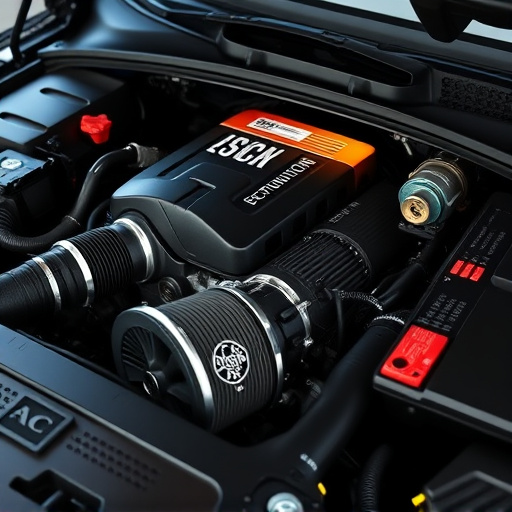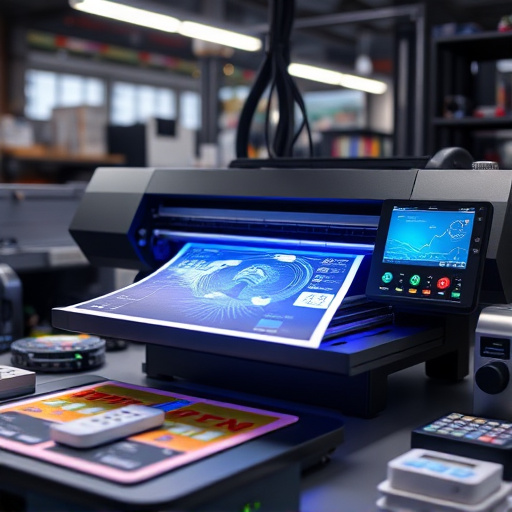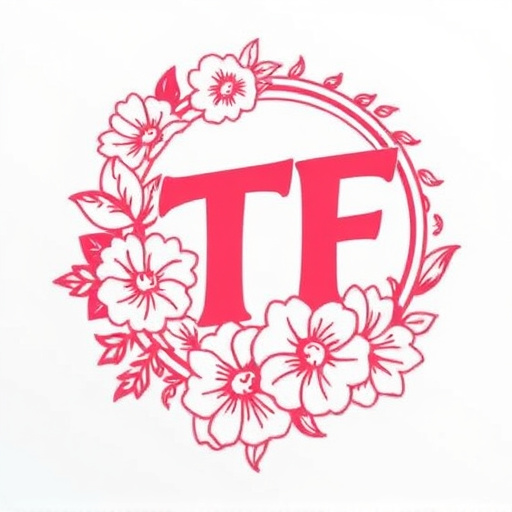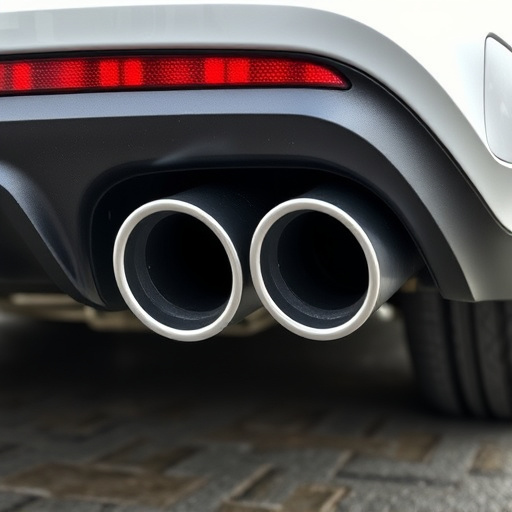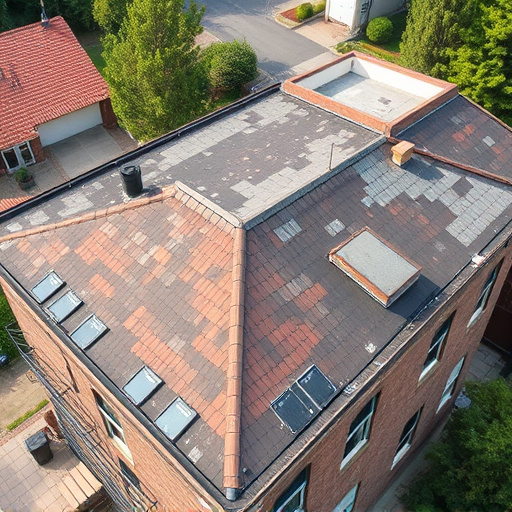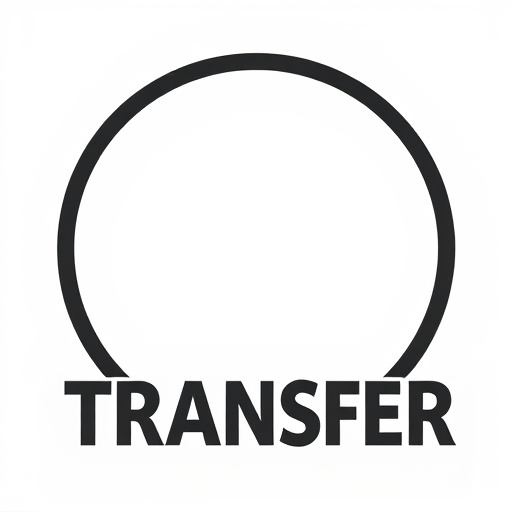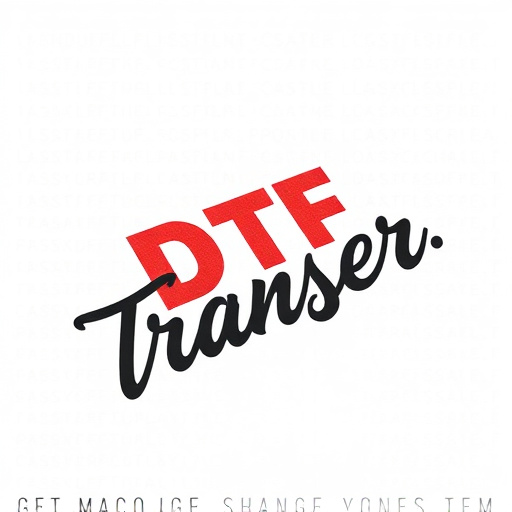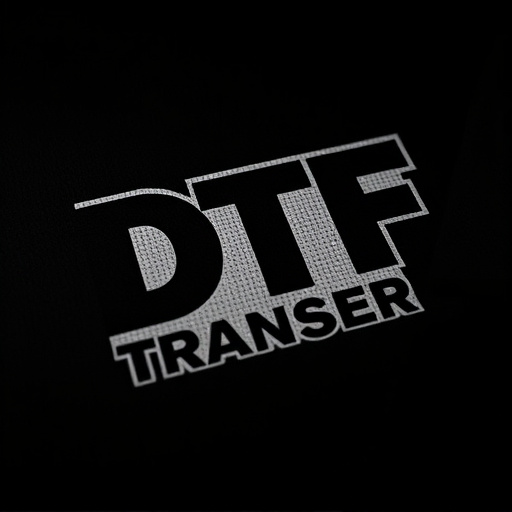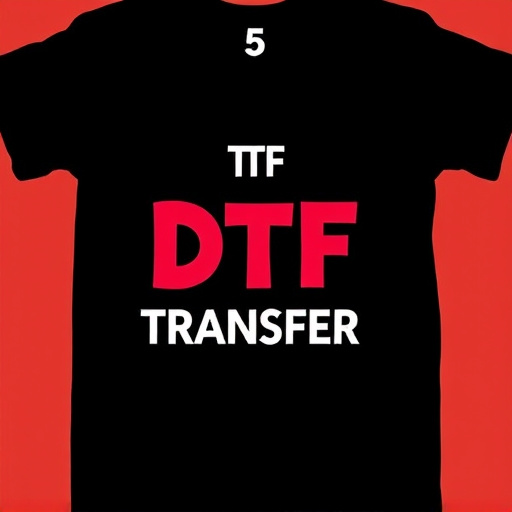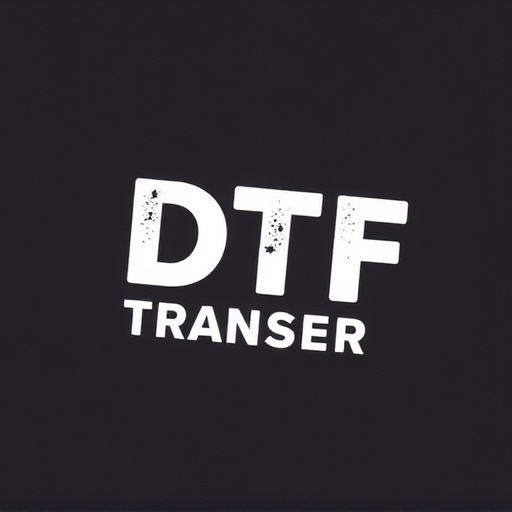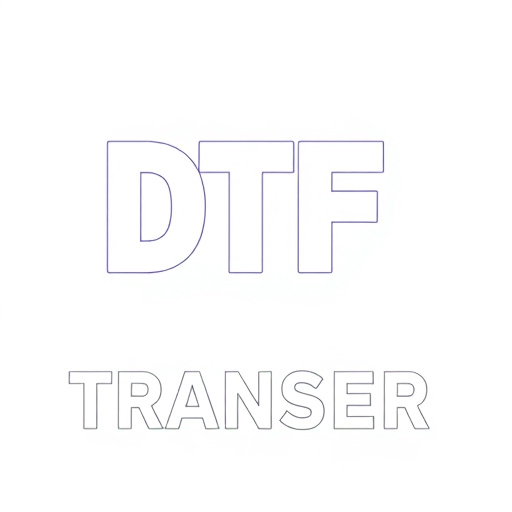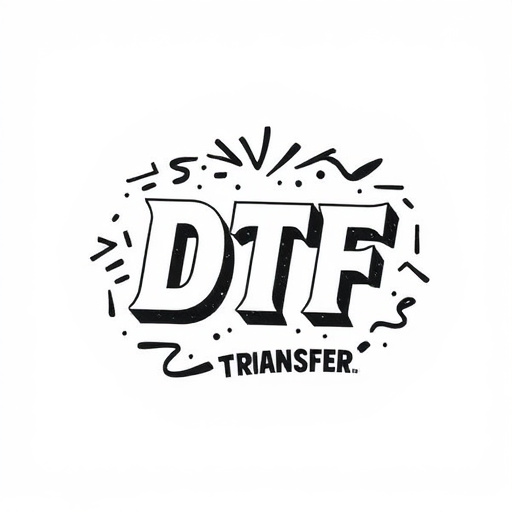DTF Printing has transformed heat transfer vinyl (HTV) design with its cutting-edge approach, directly applying intricate patterns, vibrant colors, and durable designs onto vinyl film using specialized printers. This method is efficient, cost-effective for custom orders and short runs, and offers unparalleled design versatility. HTV, traditionally used on multiple surfaces, ensures long-lasting vibrancy and fine details. DTF Printing's accuracy makes it ideal for high-quality garment printing while HTV withstands washing and wear, suitable for promotional products. Understanding their pros and cons helps businesses choose the best method based on needs and order volumes, with DTF gaining popularity in custom apparel, signage, and advertising due to its versatility and efficiency.
In the realm of printing and customization, Direct-to-Film (DTF) Printing has emerged as a game-changer, challenging the long-standing popularity of Heat Transfer Vinyl (HTV). This article delves into the competitive landscape between these two innovative applications. We’ll explore DTF’s seamless direct application on various materials, its efficient process, and superior quality. Through a cost-benefit analysis, we’ll uncover which method offers better value for money. Additionally, we’ll highlight specific use cases where DTF printing truly shines.
- Understanding Direct-to-Film (DTF) Printing: A Quick Overview
- Heat Transfer Vinyl: The Traditional Method and its Advantages
- DTF Printing Process: Step-by-Step Breakdown
- Quality and Durability Comparison: DTF vs Heat Transfer Vinyl
- Cost Analysis: Which Option Offers Better Value for Money?
- Applications and Use Cases: Where DTF Printing Outperforms Heat Transfer Vinyl
Understanding Direct-to-Film (DTF) Printing: A Quick Overview

Direct-to-Film (DTF) printing is a cutting-edge application that has transformed the way we approach heat transfer vinyl (HTV) design and production. Unlike traditional methods that rely on complex layouts and cutting, DTF Printing allows for direct application of designs onto the vinyl film itself. This innovative process involves using specialized printers to deposit inks directly onto the material, enabling intricate patterns, vibrant colors, and exceptional durability.
DTF Printing offers a range of benefits, particularly in terms of efficiency and design versatility. It streamlines the production process, eliminating the need for intermediate steps like cutting and weeding. As a result, it’s faster, more cost-effective, and ideal for custom orders or short-run productions. Moreover, DTF allows for intricate details and fine lines that are challenging to achieve with traditional HTV methods, ensuring designs maintain their quality and impact across various applications, from apparel to signage.
Heat Transfer Vinyl: The Traditional Method and its Advantages
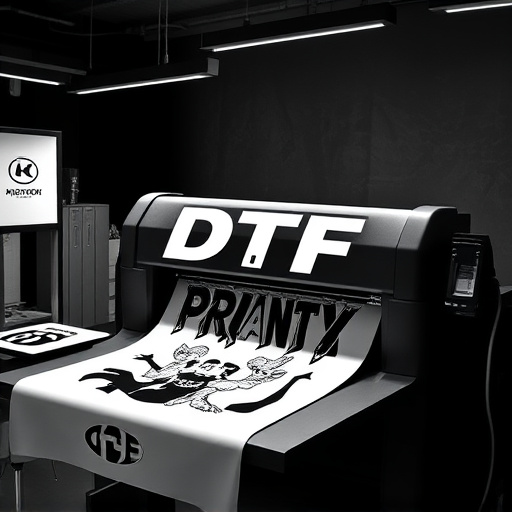
Heat Transfer Vinyl (HTV) has long been the traditional method for applying graphics and designs to various surfaces, particularly in the world of DTF printing. This process involves transferring ink through a vinyl sheet onto a substrate, offering a versatile and cost-effective solution for many businesses and hobbyists alike. One of its key advantages is the ability to create high-quality, detailed designs with precise color replication. The method allows for a wide range of materials to be used, from fabric and wood to plastic and metal, making it an incredibly adaptable technique.
Additionally, HTV provides excellent durability and longevity for printed designs, ensuring that graphics remain vibrant and intact even under harsh conditions. This makes it popular in industries where the products are subject to wear and tear, such as clothing manufacturing and promotional merchandise. The traditional approach also allows for a more hands-on, precise application process, enabling intricate designs and fine details to be achieved with careful handling.
DTF Printing Process: Step-by-Step Breakdown
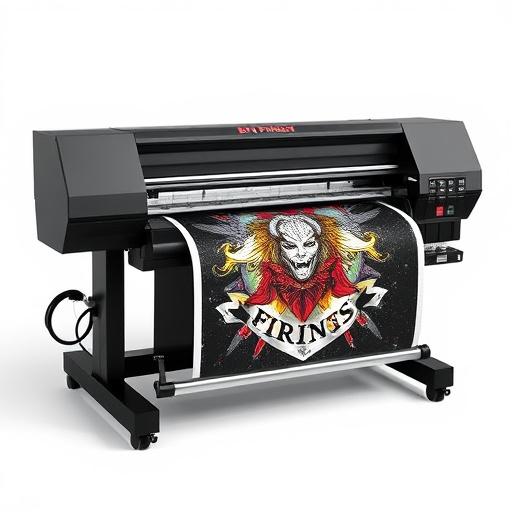
The Direct-to-Film (DTF) printing process involves several precise steps to ensure high-quality results. It begins with preparing the design on a computer software, allowing for intricate details and customization. The design is then digitally printed onto a clear film using specialized inkjet printers. This film acts as a carrier, carrying the image that will be transferred.
Next, the film is carefully positioned over the heat transfer vinyl (HTV) sheet, ensuring alignment. A heat press machine is used to apply heat and pressure, fusing the ink from the film onto the HTV. The heat press operates at specific temperature and time settings, allowing the ink to bond with the vinyl effectively. Once the transfer is complete, the film is carefully removed, leaving a precise, long-lasting design on the vinyl. This process offers a fast, efficient way to produce custom designs, making it a popular choice for various applications, including clothing, signage, and home décor.
Quality and Durability Comparison: DTF vs Heat Transfer Vinyl

Direct-to-film (DTF) printing and heat transfer vinyl (HTV) are two distinct methods for applying graphics to various surfaces, each with its unique advantages and considerations regarding quality and durability. DTF Printing offers a more direct approach where ink is applied to the final substrate, ensuring a more vibrant and precise color reproduction. This method is particularly advantageous for creating high-quality designs with fine details, making it popular among professionals in the garment printing industry.
On the other hand, heat transfer vinyl provides a versatile solution for applying graphics to a wide range of materials. The process involves transferring ink from a carrier sheet onto the target surface when heated. While DTF Printing excels in color accuracy and detail, HTV is known for its durability and ability to adhere to diverse substrates, including fabric, plastic, and metal. It withstands washing and everyday wear, making it suitable for promotional products and branded merchandise.
Cost Analysis: Which Option Offers Better Value for Money?
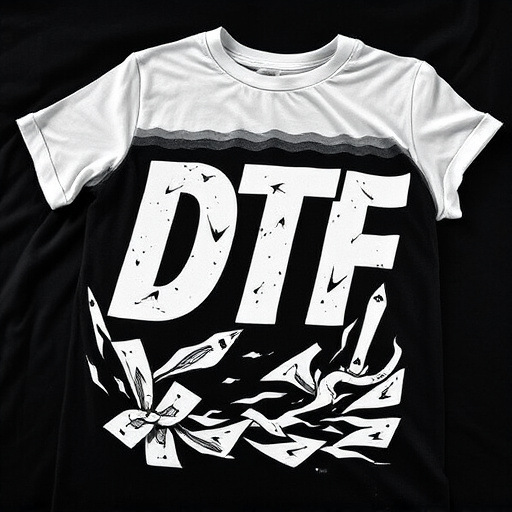
Direct-to-film (DTF) printing and heat transfer vinyl (HTV) applications are two popular methods for custom garment decoration, each with its own advantages and cost considerations. When it comes to determining which offers better value for money, a nuanced understanding of their respective expenses is essential.
On the surface, DTF Printing may appear more expensive due to the advanced equipment and specialized inks required. However, over time, this investment can prove worthwhile. DTF directly prints onto fabric, eliminating the need for intermediate steps and materials associated with HTV, such as cut-and-press methods and vinyl sheets. This streamlined process reduces labor costs and waste, making DTF a cost-effective solution for high-volume orders or businesses aiming to minimize operational expenses. Conversely, while initial setup costs for DTF might be higher, HTV’s ongoing material expenses and potential wastage could offset these initial investments over prolonged periods.
Applications and Use Cases: Where DTF Printing Outperforms Heat Transfer Vinyl

Direct-to-film (DTF) printing offers a unique advantage in terms of versatility and application, setting it apart from heat transfer vinyl. One of its standout use cases is in custom apparel and on-demand printing. DTF allows for direct printing on various fabrics, enabling the creation of intricate designs with vibrant colors and fine details. This makes it ideal for small batch production or even single-item customization, catering to the growing demand for unique, personalized clothing.
Moreover, DTF Printing is increasingly popular in signage and advertising. It can produce high-quality graphics on a range of materials, including plastics, metals, and acrylics. This technology’s ability to print on non-traditional surfaces opens up new possibilities for creative indoor and outdoor displays, pop-up stores, event branding, and wayfinding signs. Its efficiency and quick turnaround time make it a preferred choice for businesses seeking dynamic visual solutions.
